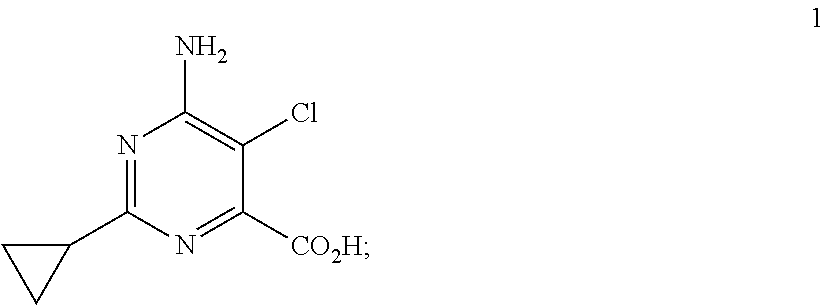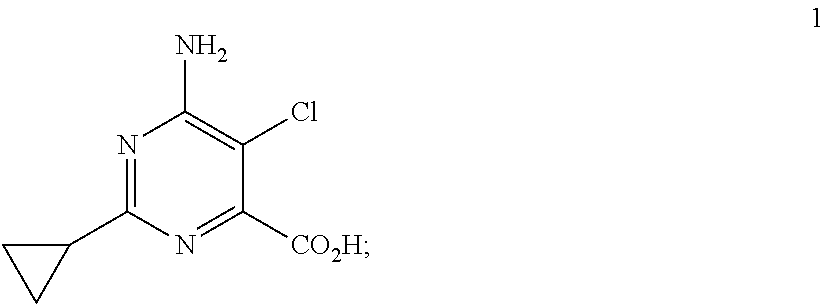Method for controlling undesired mimosoideae vegetation
a technology of mimosoideae and vegetation, applied in the field of methods for controlling undesired vegetation of subfamily mimosoideae, can solve the problems of high application rate of mesquite with conventional herbicides, ineffective treatment or only partially effective, and undesirable competitors of certain species of mimosoidea
- Summary
- Abstract
- Description
- Claims
- Application Information
AI Technical Summary
Benefits of technology
Problems solved by technology
Method used
Image
Examples
example a
[0162]High Strength Concentrate
[0163]
Compound 13.5%fosamine-ammonium95.0%silica aerogel0.5%synthetic amorphous fine silica1.0%
example b
[0164]Wettable Powder
[0165]
Compound 155.7%metsulfuron-methyl9.3%dodecylphenol polyethylene glycol ether2.0%sodium ligninsulfonate4.0%sodium silicoaluminate6.0%montmorillonite (calcined)23.0%
example c
[0166]Granule
[0167]
Compound 212.6%triclopyr-triethylammonium7.4%attapulgite granules (low volatile matter,90.0%0.71 / 0.30 mm; U.S.S. No. 25-50 sieves)
PUM
 Login to View More
Login to View More Abstract
Description
Claims
Application Information
 Login to View More
Login to View More - R&D
- Intellectual Property
- Life Sciences
- Materials
- Tech Scout
- Unparalleled Data Quality
- Higher Quality Content
- 60% Fewer Hallucinations
Browse by: Latest US Patents, China's latest patents, Technical Efficacy Thesaurus, Application Domain, Technology Topic, Popular Technical Reports.
© 2025 PatSnap. All rights reserved.Legal|Privacy policy|Modern Slavery Act Transparency Statement|Sitemap|About US| Contact US: help@patsnap.com



